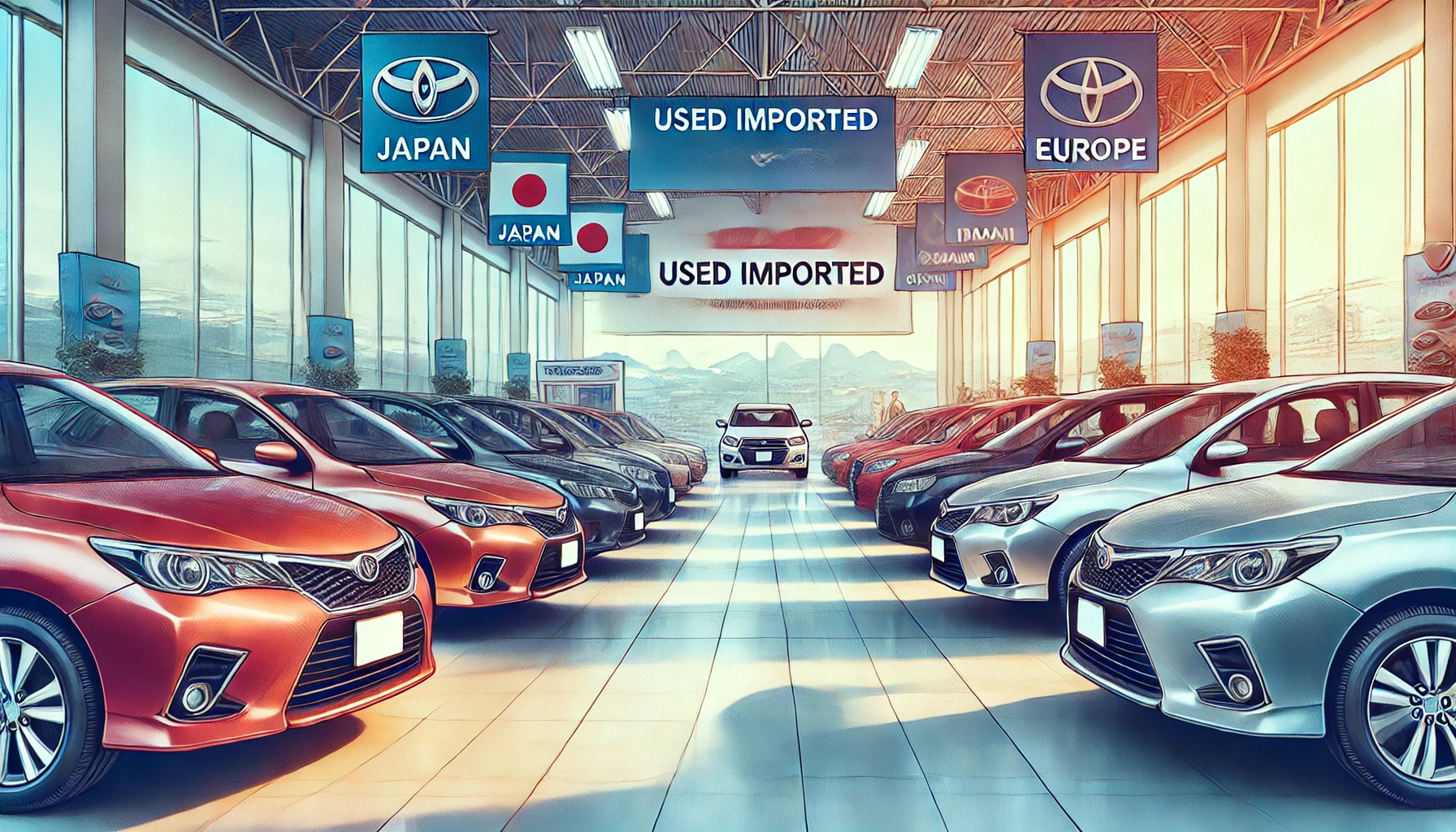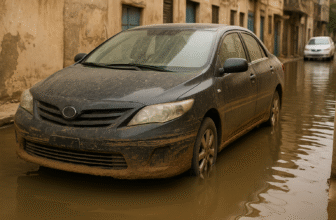
In Pakistan’s dynamic automotive market, the allure of used imported cars has grown significantly. These vehicles often promise advanced features, superior build quality, and unique designs not commonly found in locally manufactured models. However, purchasing a used imported car requires careful consideration of various factors to ensure a beneficial investment. This comprehensive guide delves into the advantages, potential drawbacks, and essential considerations for Pakistani buyers contemplating the purchase of a used imported vehicle.
Advantages of Purchasing a Used Imported Car
Opting for a used imported car can offer several benefits that appeal to discerning buyers in Pakistan.
Access to Advanced Features
Imported vehicles, especially those from technologically advanced countries like Japan and Germany, often come equipped with features that may not be available in locally produced models. These can include advanced safety systems, superior infotainment setups, and enhanced fuel efficiency technologies.
Superior Build Quality
Many imported cars are renowned for their robust build quality and longevity. This durability ensures that even pre-owned vehicles maintain their performance and aesthetic appeal over extended periods.
Diverse Model Selection
The import market provides access to a wide array of models and variants, some of which are not released in Pakistan. This diversity allows buyers to choose vehicles that align closely with their preferences and requirements.
Potential Drawbacks of Imported Used Cars
While the benefits are compelling, it’s crucial to be aware of the challenges associated with purchasing used imported cars.
Higher Maintenance Costs
Imported vehicles may incur higher maintenance expenses due to the scarcity of specific parts and the specialized knowledge required for repairs. It’s essential to consider these potential costs when budgeting for your vehicle.
Resale Value Considerations
The resale market for imported cars can be unpredictable. Some models may depreciate faster than their locally manufactured counterparts, affecting the vehicle’s long-term value.
Compliance with Local Regulations
Imported cars must adhere to Pakistan’s automotive regulations, which may necessitate modifications to meet emission standards or safety requirements. Ensuring compliance can involve additional time and expense.
Key Considerations Before Purchasing
To make an informed decision, prospective buyers should evaluate several critical factors.
Verification of Auction Sheets
When importing vehicles from countries like Japan, cars are often sold through auctions with accompanying auction sheets detailing the vehicle’s condition. Authenticating these documents is vital to assess the car’s history and current state accurately.
Availability of Spare Parts
Before finalizing a purchase, research the availability and cost of spare parts for the specific model. Limited access to essential components can lead to prolonged downtimes and increased maintenance costs.
Understanding Import Duties and Taxes
Pakistan imposes various duties and taxes on imported vehicles, which can significantly impact the overall cost. Familiarize yourself with these financial obligations to avoid unexpected expenses.
Steps to Import a Used Car into Pakistan
If you decide to proceed with importing a used car, follow these structured steps to ensure a smooth process.
1. Select a Reputable Exporter
Choose a trustworthy exporter with a proven track record to source your vehicle. Verify their credentials and seek reviews from previous clients to assess their reliability.
2. Understand the Import Schemes
Pakistan allows vehicle imports under specific schemes such as Personal Baggage, Gift, and Transfer of Residence. Determine which scheme applies to your situation and ensure compliance with its requirements.
3. Calculate Total Import Costs
Beyond the vehicle’s purchase price, calculate all associated costs, including shipping, import duties, taxes, and port handling charges. This comprehensive assessment will provide a clear picture of the total investment required.
4. Arrange Necessary Documentation
Prepare all essential documents, such as the Goods Declaration form, export certificate from the country of origin, and the bill of lading. Accurate documentation is crucial for a hassle-free import process.
5. Compliance and Registration
Upon the vehicle’s arrival, ensure it meets all local regulations, including emission standards and safety requirements. After compliance, proceed with the registration process to legally operate the vehicle in Pakistan.
Evaluating the Vehicle’s Condition
Assessing the condition of a used imported car is paramount to ensure its longevity and performance.
Exterior Inspection
Examine the car’s exterior for signs of rust, dents, or mismatched paint, which may indicate previous accidents or poor maintenance.
Interior Examination
Check the interior components, including the seats, dashboard, and electronic systems, for wear and functionality. Ensure that all features operate as intended.
Mechanical Assessment
A thorough mechanical inspection by a qualified technician can identify potential issues with the engine, transmission, and suspension systems. This evaluation is crucial for understanding the vehicle’s true condition.
Navigating the Pakistani Market for Imported Cars
Understanding the local market dynamics can aid in making a prudent purchase.
Popular Imported Models
Research which imported models are favored in Pakistan, as these are more likely to have better support in terms of maintenance and resale value.
Dealer Reputation
Engage with dealers who have established reputations for honesty and customer satisfaction. Reviews and testimonials can provide insights into their reliability.
Market Pricing Trends
Stay informed about current pricing trends for imported used cars to ensure you are making a competitive and fair purchase.
Purchasing a used imported car in Pakistan offers the allure of advanced features and superior quality. However, it necessitates diligent research and careful consideration of various factors, including maintenance costs, regulatory compliance, and market dynamics. By thoroughly evaluating these aspects and following a structured approach to the import process, buyers can make informed decisions that align with their preferences and financial plans.






